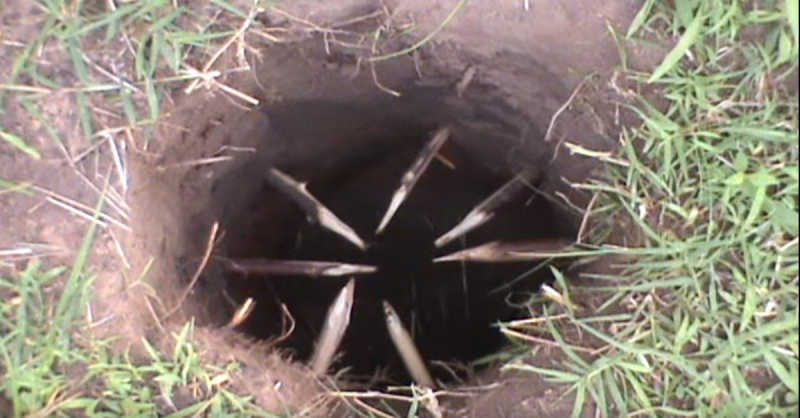
4 Easy Survival Traps You Can Try At Home
Today we are going over Basic Survival Traps when in a survival situation. These Survival Traps are easy to practice at home and in the backyard. These survival trapping skills are incredibly important and are fun to do!
Here are 4 Easy Survival Traps you can try at home!
Primitive survival trapping involves using basic tools and materials found in nature to create traps for catching animals. These traps can be essential for obtaining food in survival situations. Here are some primitive trapping techniques:

Figure-Four Deadfall Trap: This trap is made by arranging three sticks to form a figure-four shape, with one stick serving as the trigger, another as the upright, and the third as the crosspiece holding up a weight. When an animal disturbs the trigger stick, the weight falls, trapping the animal beneath it.

Tension Snare Trap: Tension snare traps use a bent sapling or branch to create tension, with a noose made from cordage or natural fibers placed along an animal trail. When the animal triggers the snare, the tension is released, pulling the noose tight around the animal's neck or body.

Paiute Deadfall Trap: This trap is similar to the figure-four deadfall but uses a slightly different trigger mechanism. It's named after the Paiute Native American tribe, who are believed to have developed this type of trap.

Ojibwa Bird Pole Trap: This trap is designed to catch birds and small game. It consists of a pole with several horizontal arms or branches, each with a baited hook or noose. When a bird lands on one of the branches to investigate the bait, it becomes ensnared.

Spring Snare Trap: A spring snare trap uses a bent sapling or branch as the source of tension. When the trigger is disturbed, the tension is released, pulling the animal off the ground and suspending it.
When setting primitive traps, it's important to consider the behavior and habits of the target animal, as well as the local environment. Traps should be checked regularly to minimize suffering and ensure ethical trapping practices. Additionally, always be mindful of local laws and regulations regarding trapping and hunting.

